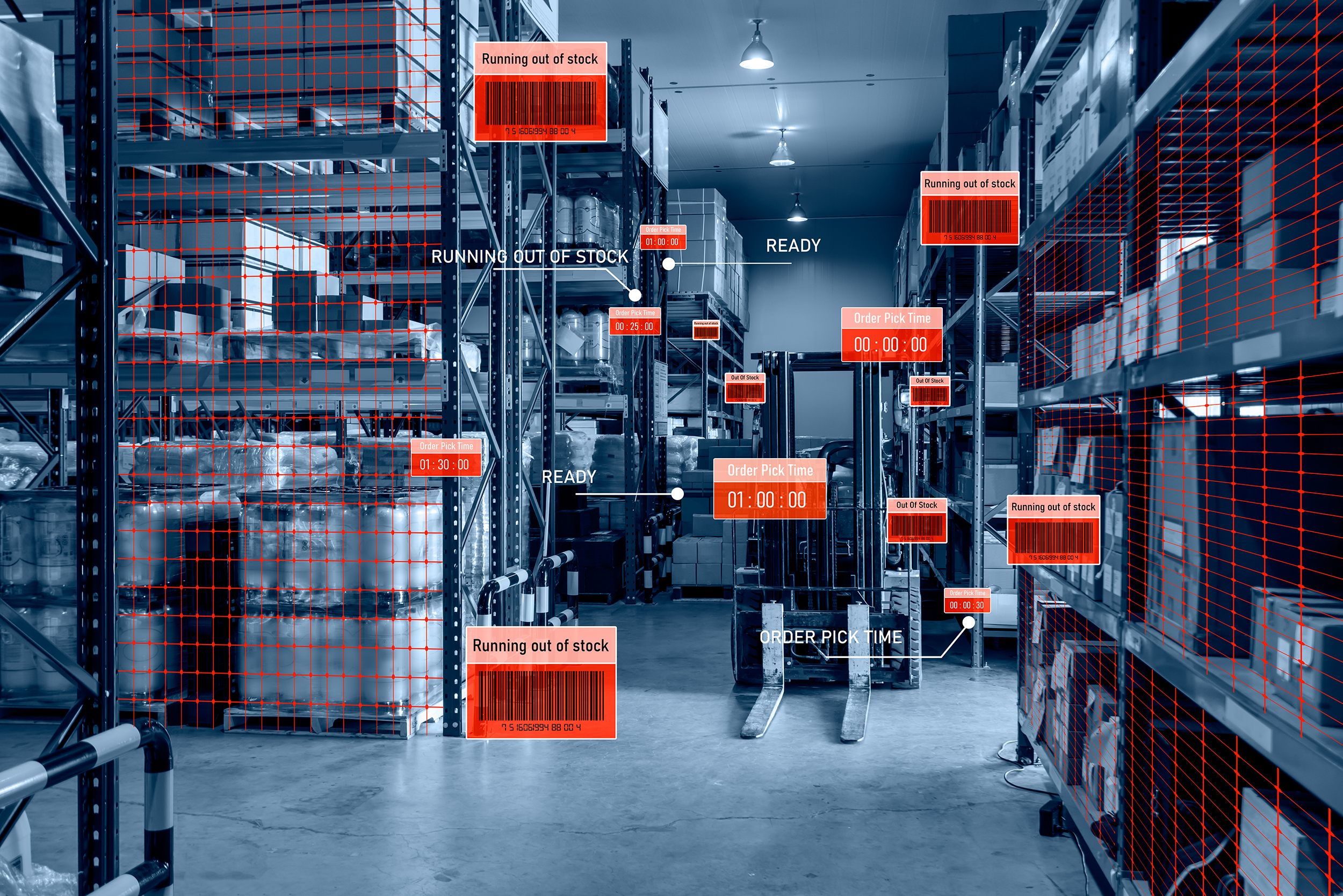Being able to track products through each stage of the manufacturing process has benefits for quality control, supply chain management, and regulatory compliance.
Modern manufacturing is defined by ever more sophisticated methods of process control and supply chain management. As companies have grown more refined in their production methods, much emphasis has been placed on the importance of track and trace technology for providing deeper insights into every stage of the process. Even so, the full benefits of this technology are sometimes taken for granted. In fact, production tracking has led to industry improvements at almost every level, leading to significant savings on the bottom line. Here’s how.
1. Keep a record of part genealogy.
Part genealogy involves keeping a record of a component at each stage of the production process. If you have any reason to look up data about that part in the future, you could track what machine it was made on, which raw materials in your inventory were used, and even the date and time of day when it was produced.
This data is most frequently required in case of a production error. By maintaining precise records of each component, you can also trace errors to point of origin and reduce the cost of recalls. Limiting the scope of a recall to only parts known to be affected, saves businesses the cost of the components themselves, limits their legal liability, and reduces the damage to their brand image.
2. Lower costs through reduced waste.
Production waste takes many forms, from parts that fail quality control checks and are sent to scrap and rework to excess production stock sitting around in warehouses. Production tracking can even help manufacturers identify areas where their production methods are needlessly wasteful and need to be refined. These discoveries not only improve the bottom line, they also have environmental benefits, which are an important metric to track in green manufacturing.
Another form of waste is when goods are frequently held up at a production choke point. If you can identify choke points in your process, adding another assembly station or rearranging the configuration of your assembly process can mitigate the issue and improve output.
3. Manage inventory and improve forecasting.
A few years ago, the concept of “just in time” manufacturing changed how may manufacturers managed their supply chains. The idea was that, by stocking as little inventory as possible, businesses could keep their entire production process lean, and reduce the amount of storage space required for stock.
Just-in-time manufacturing has many critics, but it is nevertheless true that production tracing combined with big data can help companies be more agile in responding to stock shortages. By spotting patterns, manufacturers can forecast a need to increase or slow down production at will.
4. Monitor customized manufacturing.
For decades, the production of goods has created two paths, where the increasing standardization required for mass manufacturing lowered the costs of items by making every item uniform, while the artisan market flourished by charging luxury prices for hand-made, customized goods.
Now, advanced robotics are lowering the costs of customization, making it easier for products to be manufactured according to customer specifications. Track and trace technology is how manufacturers ensure the right customer gets the right order. Tracing customized parts is also a regulatory necessity in some industries, especially for medical devices that have been manufactured to meet individual needs.
5. Meet regulatory standards.
Speaking of regulations, many industries have strict controls they need to meet based on guidelines set by government agencies. Meeting regulatory standards is a key legal requirement for businesses, and track and trace technology is a legal obligation in many cases.
For many manufacturers, legal pressures are the main reason to meet a standard. However, it’s important to recognize that track and trace technology is valuable to businesses on its own merit. It’s something your company should be thinking about, even if it’s not mandated.
Track and trace technology is an essential item in the automation toolkit.
In short, it would be rare in modern manufacturing to find a production method that didn’t rely on track and trace technology for one reason or another. That’s why we at Eagle have become experts in finding the right track and trace method for each process. Our track and trace capabilities include:
- Barcode – 1D and 2D
- DPM (Direct Part Marking)
- Laser and Dot Peen Marking
- Print and Apply
- CFR21 Part 11
- RF Data Tracking
- Product Birth Certification
- Process Recipe Control
- Build to Order
- ILVS (In-Line Vehicle Sequencing)
Our expertise with Big Data means we can also help you manage the data you collect as you trace products through the factory and on to the next point in their journey. Contact us today to learn more about how we can find the right solution for you.
![]() Connect With Eagle Technologies LinkedIn
Connect With Eagle Technologies LinkedIn
Eagle Technologies, headquarters in Bridgman, MI
Eagle builds the machines that automate manufacturing. From high-tech robotics to advanced product testing capabilities, Eagle offers end-to-end manufacturing solutions for every industry.

